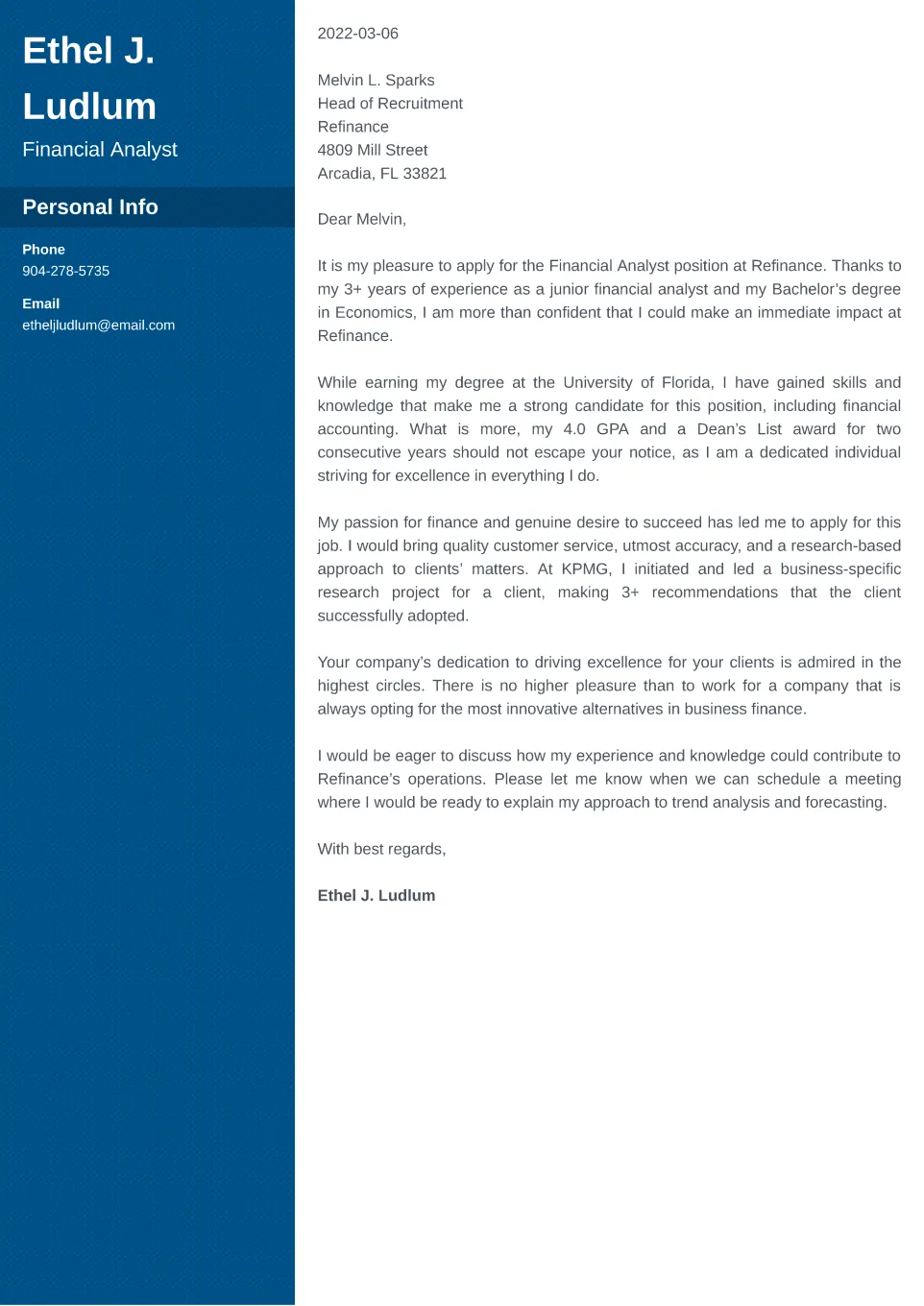What is a Cover Letter?
A cover letter is a crucial document that accompanies your resume when you apply for a job. It serves as a personalized introduction, allowing you to highlight your skills, experience, and enthusiasm for the specific position and the company. Unlike your resume, which provides a factual overview of your career, a cover letter gives you the opportunity to explain why you are the perfect fit for the role and why the hiring manager should consider you further. It’s your chance to make a strong first impression and set yourself apart from other applicants. Mastering the art of creating a cover letter free of common pitfalls can significantly improve your chances of getting an interview and ultimately landing the job. A well-written cover letter provides context to your resume and showcases your communication skills, which are highly valued in virtually every profession.
Why You Need a Cover Letter
Many job seekers question whether a cover letter is still necessary. The answer is a resounding yes. While a resume outlines your qualifications, a cover letter adds depth and personality to your application. It allows you to address the specific requirements of the job description and demonstrate your understanding of the company’s needs. It’s a chance to show, not just tell, how your skills align with the role and what you can bring to the table. By showcasing your writing skills, enthusiasm, and understanding of the company, you can make a compelling case for why you should be invited for an interview. Ignoring the need for a cover letter can be a missed opportunity to strengthen your application and potentially lose out to candidates who take the time to craft a tailored introduction.
Importance of a Cover Letter
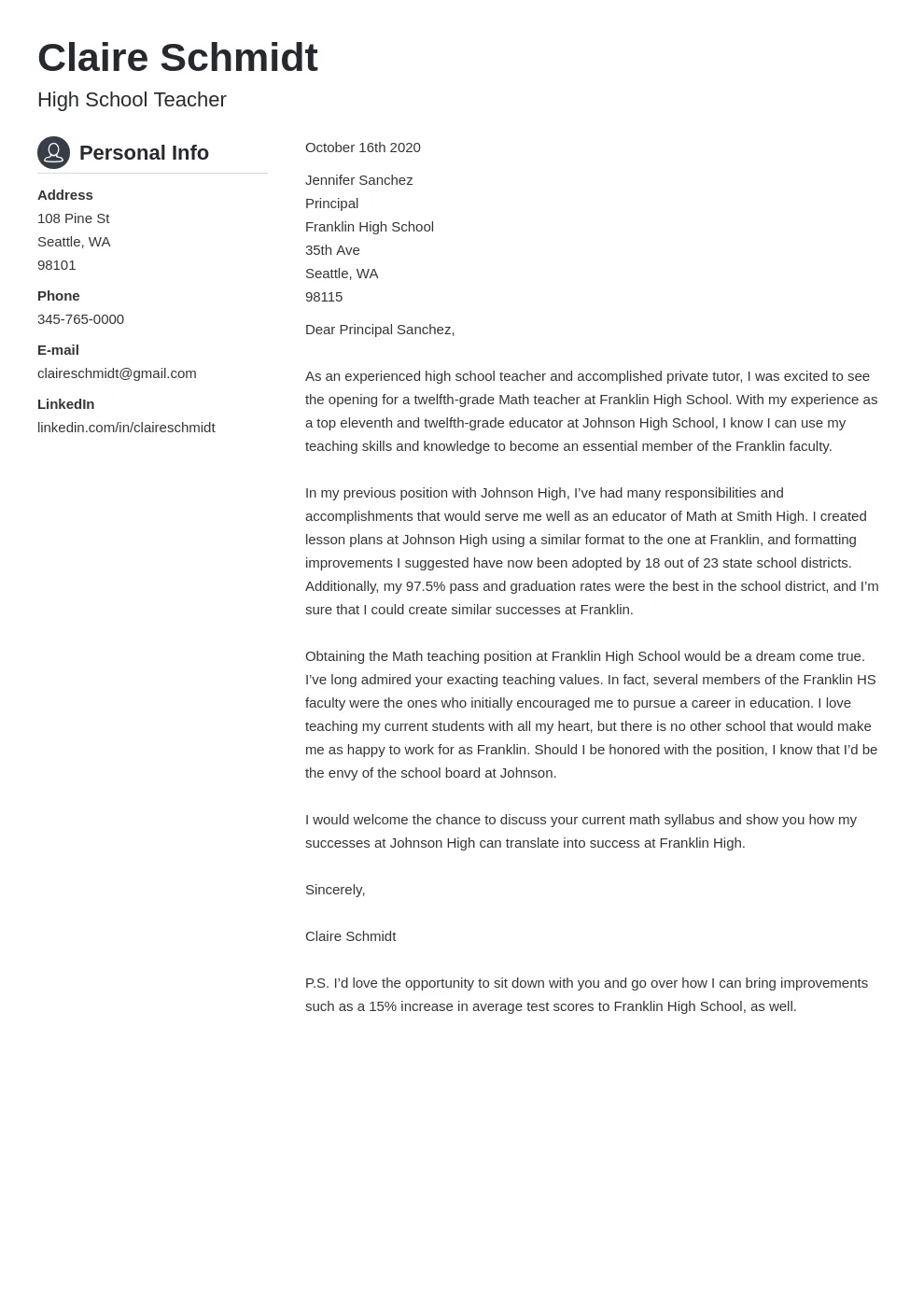
A well-crafted cover letter serves several key purposes. It showcases your communication skills, which are critical in most professional environments. It allows you to tailor your application to the specific job and company, demonstrating your genuine interest. A cover letter provides an opportunity to explain any gaps in your employment history or address any concerns that the hiring manager might have after reviewing your resume. It’s also a chance to highlight your achievements and quantify your contributions, setting you apart from other applicants. Furthermore, it can significantly boost your chances of getting noticed and securing an interview, ultimately increasing your chances of landing your dream job. Using a cover letter is a professional approach to introduce yourself.
When Cover Letters Are Necessary
Cover letters are almost always necessary. While some application portals may not explicitly request one, it’s generally a good practice to submit one unless the job posting specifically states otherwise. Always include a cover letter when the job description requests it or if you are unsure whether to include one. It’s especially crucial for positions where written communication is essential. If you’re changing careers, a cover letter allows you to explain your rationale and how your skills transfer to the new role. It’s also an excellent way to personalize your application, showing the hiring manager that you’ve taken the time to understand their needs and how you can meet them. Even if the job posting says optional, submitting a cover letter usually gives you a competitive edge over those that don’t.
Key Components of a Cover Letter
A successful cover letter includes specific sections that work together to make a strong impression. These components ensure your application is structured, professional, and clearly communicates your qualifications and enthusiasm. Each part of the letter serves a distinct purpose, from introducing yourself to highlighting your skills and expressing your interest in the role. By understanding these core elements, you can create a cover letter that stands out and increases your chances of securing an interview. Knowing the components is the first step to creating a cover letter free from common mistakes.
Header Section
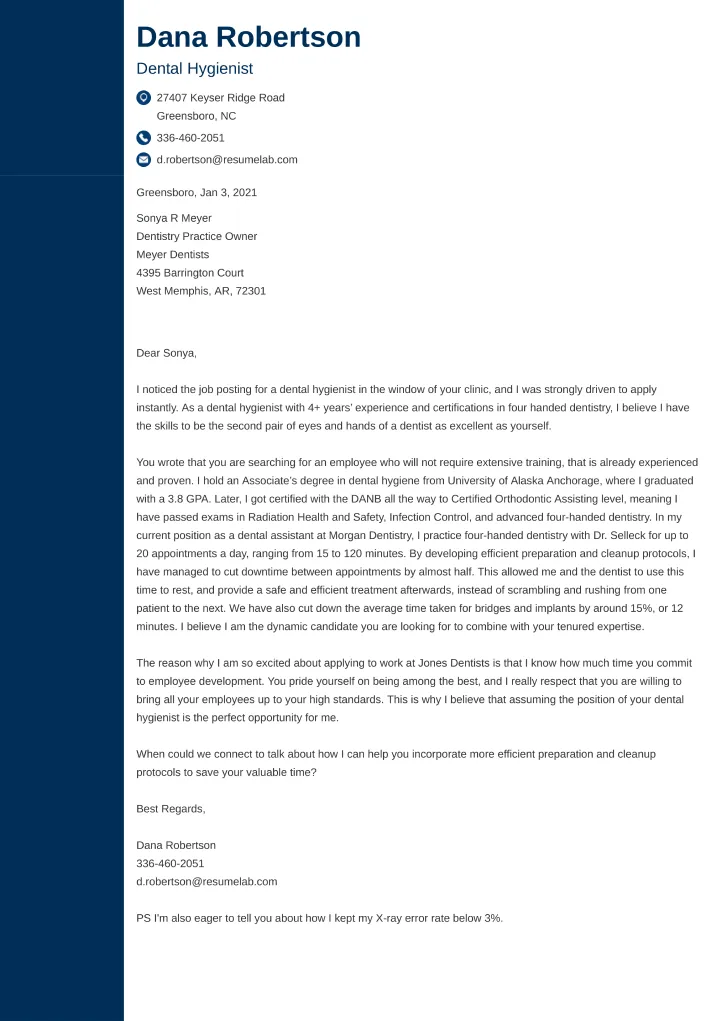
The header of your cover letter is more than just a formality; it sets the tone for the entire document. It includes your contact information, the date, and the recipient’s details. Ensure this section is accurate and professional. The header ensures the hiring manager can easily reach you. Make sure your formatting is clean and consistent, and that your contact details are up-to-date. This section is crucial because it provides the necessary information for the recruiter to contact you if they wish to proceed with your application. The best approach is to align the header with your resume for a consistent brand.
Your Contact Information
Include your full name, phone number, email address, and optionally your LinkedIn profile URL in your contact information. Make sure your email address is professional-sounding; avoid using nicknames or unprofessional phrases. This section should be easy to read and well-formatted. Double-check all contact details for accuracy before sending your cover letter to ensure the hiring manager can contact you. Your contact information is the primary way for a recruiter to get in touch with you, so ensure its accuracy to avoid missed opportunities. Use a professional font and clear formatting to make this section easy to read and understand.
Date and Recipient’s Information
Below your contact information, include the date you are submitting the cover letter. Following the date, include the hiring manager’s name (if known), their title, the company name, and the company’s address. If you cannot find the hiring manager’s name, use a generic greeting like ‘Dear Hiring Manager’. Always double-check the details to make sure they are correct. Researching the hiring manager’s name is always recommended as it personalizes the application and shows that you’ve taken the initiative to find out more about the company. This level of detail demonstrates your attention to detail and your enthusiasm for the role, helping your cover letter stand out from the competition.
Salutation
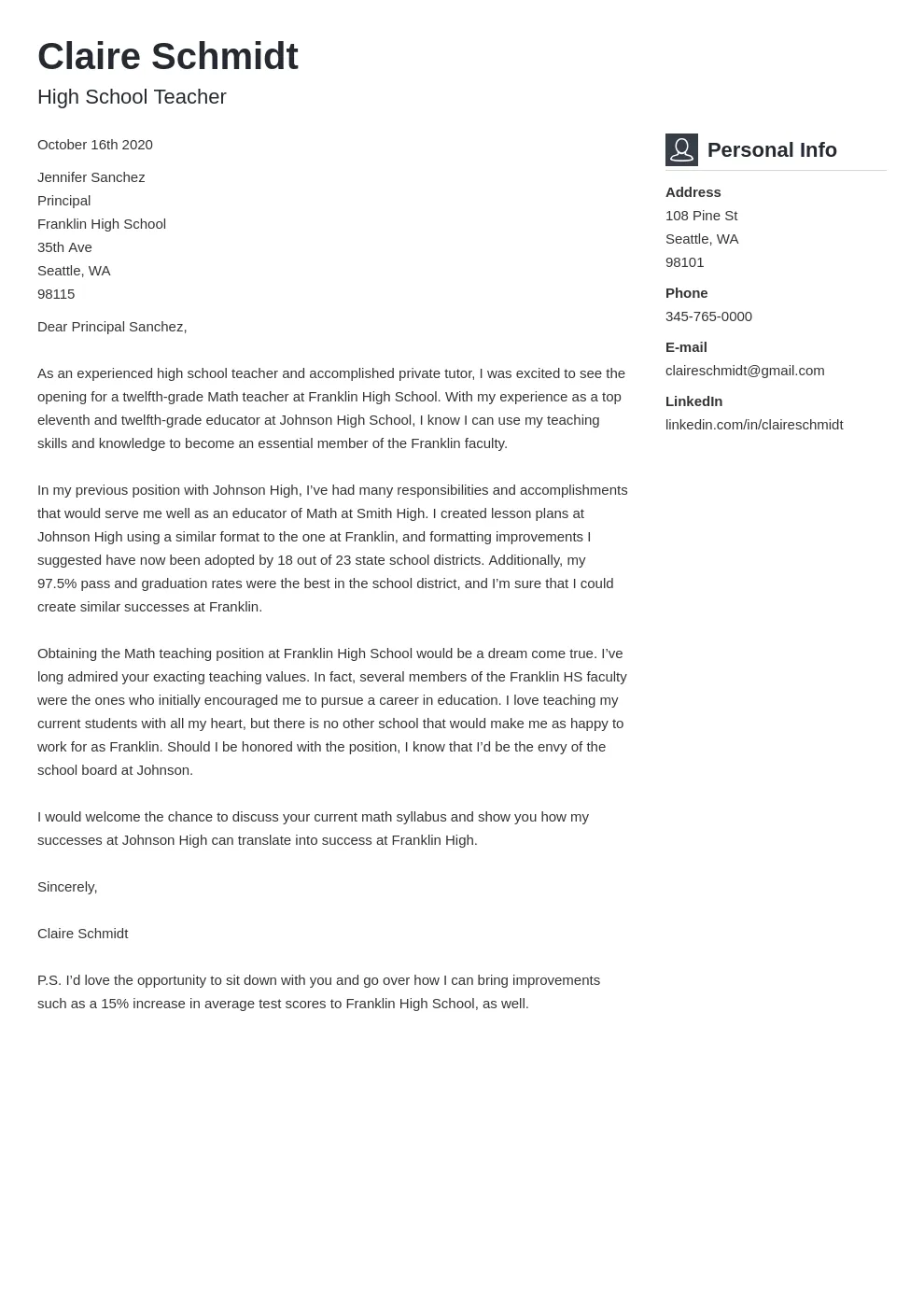
The salutation is your opening greeting. Using the hiring manager’s name, for example, ‘Dear Mr. Smith’, is the most professional and effective approach. If you cannot find the hiring manager’s name, use a generic greeting like ‘Dear Hiring Manager’. Avoid outdated salutations. Using a personalized salutation immediately grabs the reader’s attention and shows that you’ve done your research. It sets a positive tone for the rest of the letter. Ensure you spell the name correctly and use the correct title to show respect. A well-chosen salutation sets the tone and provides a good start to your letter.
Body Paragraphs
The body of your cover letter is where you showcase your qualifications and express your interest in the role. These paragraphs are where you connect your skills and experiences to the job requirements. Each paragraph should focus on a specific aspect. This part of the cover letter is crucial as it forms the core of your message and directly addresses the recruiter’s needs. Your goal is to convey your capabilities and demonstrate why you are the ideal candidate. The body of the cover letter is the most important part and where you can make the most impact.
First Paragraph Hook
Your first paragraph should grab the reader’s attention immediately. State the position you are applying for and how you found the job posting. Briefly mention something that excites you about the company or the role. Avoid generic openings and instead, aim for a compelling introduction that sparks interest. A strong first paragraph sets the stage for the rest of your letter and encourages the reader to continue. It’s your opportunity to make a positive first impression. A good hook can make your application stand out.
Highlighting Your Skills and Experience
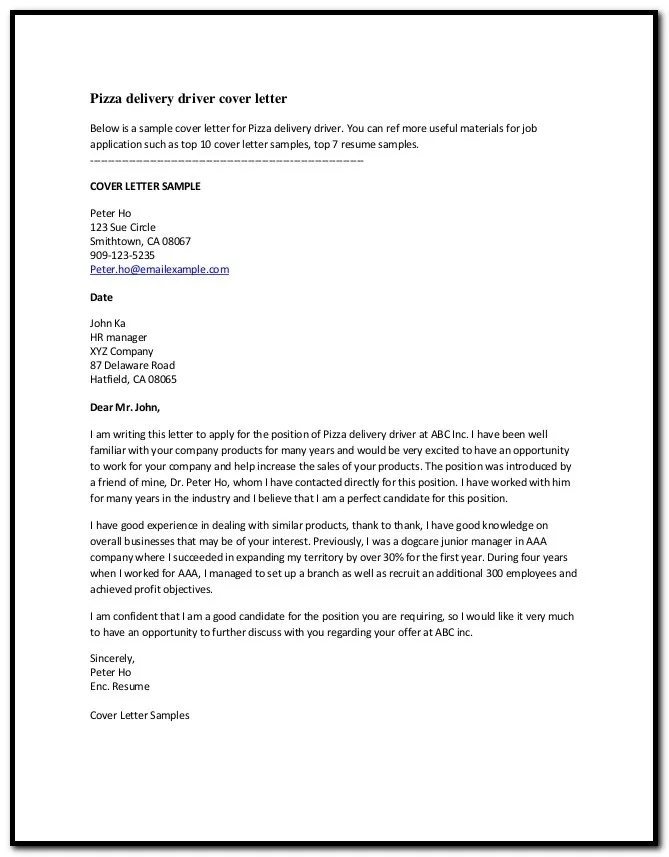
In the subsequent paragraphs, provide concrete examples of how your skills and experience align with the job requirements. Use the job description as a guide and tailor your letter to match the specific requirements. Quantify your achievements whenever possible; use numbers and data to demonstrate your impact. This section is the core of your cover letter, so make sure to provide compelling evidence of your capabilities. When highlighting your skills, relate them directly to the job description. This method makes it clear that you have the necessary qualifications for the role. This approach demonstrates that you understand the role’s requirements and what the company is looking for.
Tailoring Your Letter
Personalize your cover letter to each job application. Research the company and demonstrate your understanding of their mission, values, and goals. Refer to the specific requirements of the job description and show how your skills and experience match them. Avoid using generic templates and instead create a unique letter for each position. Tailoring your letter is essential to show that you care about the specific role. Doing this shows that you’ve done your research and are genuinely interested. Show the hiring manager you understand the job and the company. This personalization significantly increases your chances of getting noticed.
Quantifying Achievements
Whenever possible, quantify your achievements to demonstrate your impact. Use numbers and data to showcase your accomplishments. Instead of saying ‘improved sales’, say ‘increased sales by 15%’. Provide specific examples of your contributions and the results you achieved. Quantifying your achievements makes your accomplishments more convincing and memorable. This approach provides concrete evidence of your abilities. Quantifiable data clearly shows the value you can bring to the role. This method helps the recruiter understand the impact you have. This approach makes it easy to see your accomplishments.
Addressing the Employer’s Needs
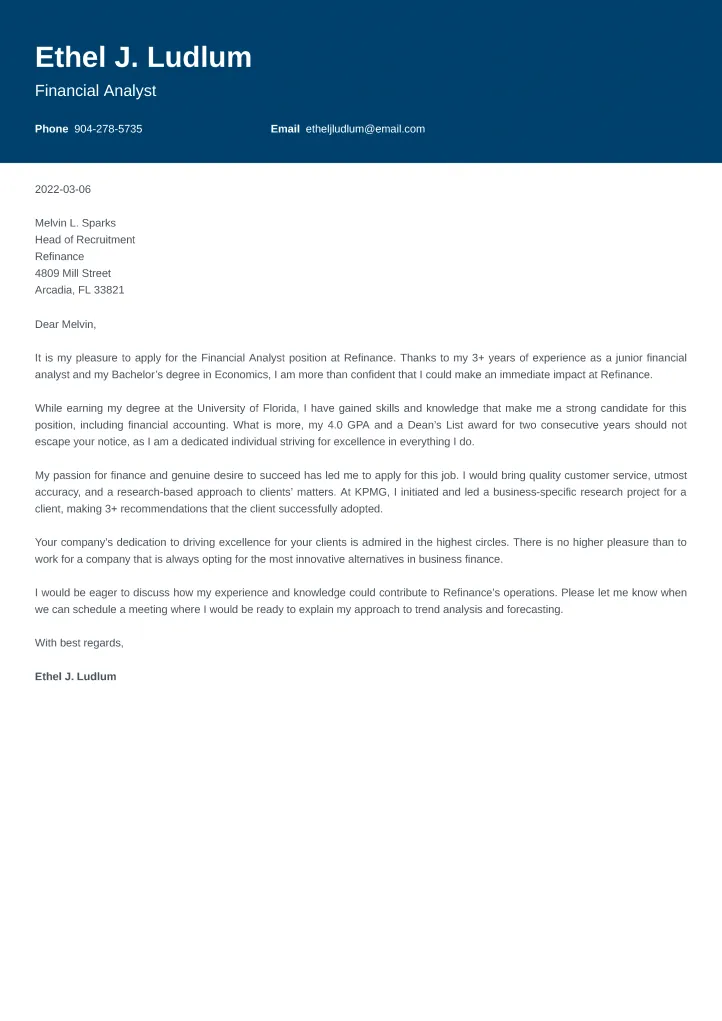
Focus on addressing the employer’s needs and explaining how you can solve their problems. Explain how your skills and experience align with the job requirements and how you can contribute to the company’s success. Tailor your language to match the company’s culture and tone. By focusing on the employer’s needs, you demonstrate that you understand their challenges and are prepared to make a real contribution. Show how you can meet the job requirements. Clearly explain how you can bring value to the role. This approach shows the recruiter that you’re a good fit.
Closing the Letter
The closing of your cover letter should reiterate your interest in the position and express your enthusiasm for the opportunity. It should also include a call to action and thank the hiring manager for their time and consideration. Your closing paragraph is your last chance to leave a positive impression. You should keep it concise and to the point, summarizing your key strengths and reiterating your interest in the position. The closing paragraph is very important.
Formal Closing and Signature
Use a formal closing like ‘Sincerely’ or ‘Best regards’ followed by your full name. If submitting a digital cover letter, you can include your typed name. If submitting a printed cover letter, leave space for your handwritten signature above your typed name. Maintain a professional tone throughout the closing and signature. Proper formatting and a professional closing strengthen your cover letter. Ensure you have a correct closing to end it on a good note. Always maintain a professional tone. This approach shows that you are polished and professional.
Proofreading Your Cover Letter
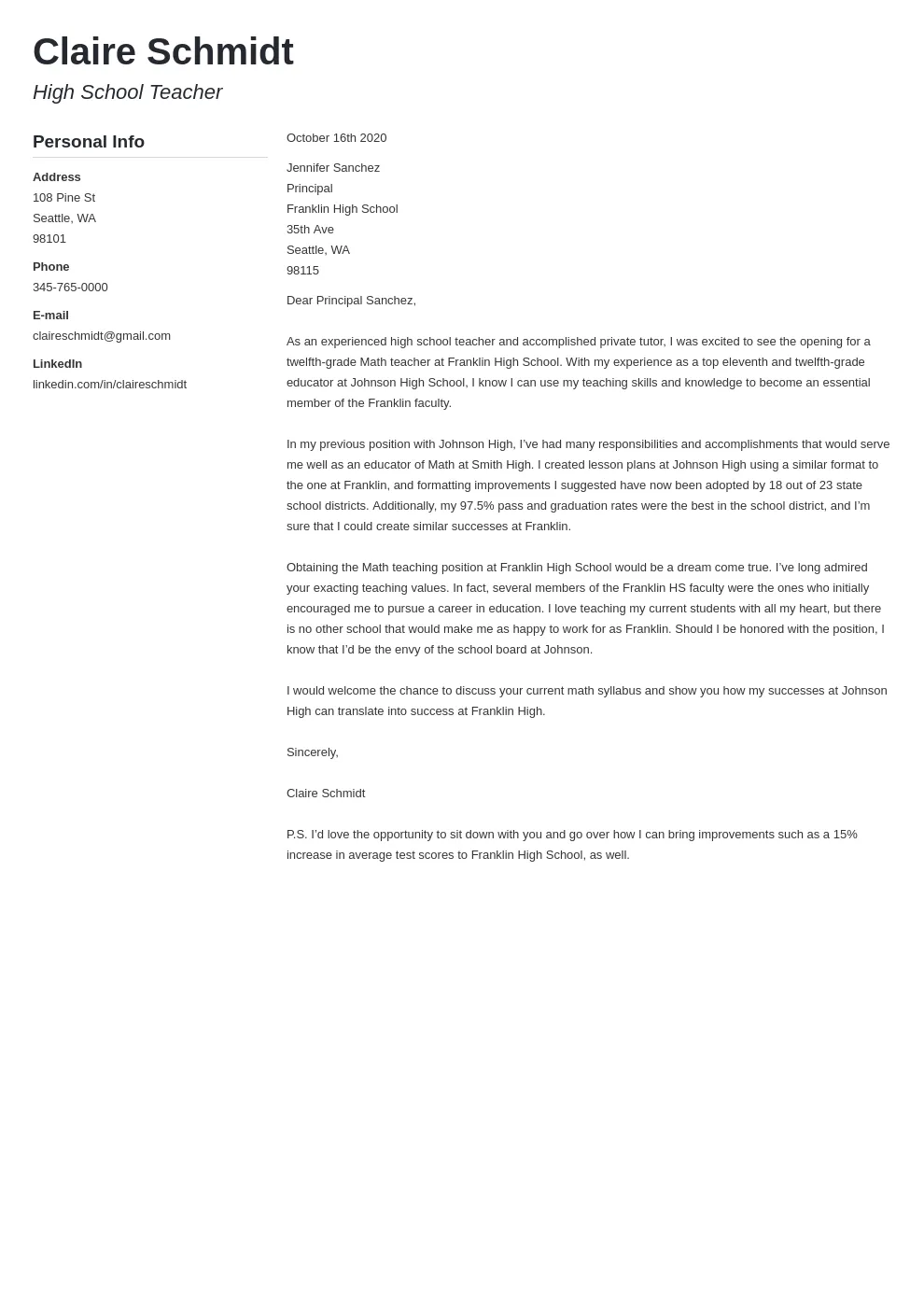
Proofreading is a crucial step. Carefully review your cover letter for any spelling, grammar, or punctuation errors. Read it aloud to catch any awkward phrasing or sentences. Ask a friend or family member to proofread it as well. Ensure the document is well-formatted and easy to read. Proofreading is crucial to avoid any mistakes. Taking the time to review the document makes a great impression. Thorough proofreading shows attention to detail. You can also use proofreading tools to ensure accuracy and professionalism.
Common Mistakes to Avoid
Avoid common mistakes like using generic templates, making typos, or including irrelevant information. Do not simply restate your resume; instead, provide additional context and highlight your key achievements. Always tailor your letter to the specific job and company. Making these mistakes diminishes the impact of your application. Avoid errors. Never make these mistakes. Avoiding these will make your cover letter stand out.
Using Templates Effectively
Cover letter templates can be helpful, but they should be used as a starting point rather than a finished product. Customize the template to match your personal brand and the specific job. Don’t just fill in the blanks; tailor the content to reflect your unique skills and experiences. Proofread the template and make sure it is appropriate for the job you are applying for. Templates provide a structure to start with. Use these but customize them, don’t just fill in the blanks. Use the template to create an individualized application. Always customize the template. Use a template, but make sure it’s unique.
